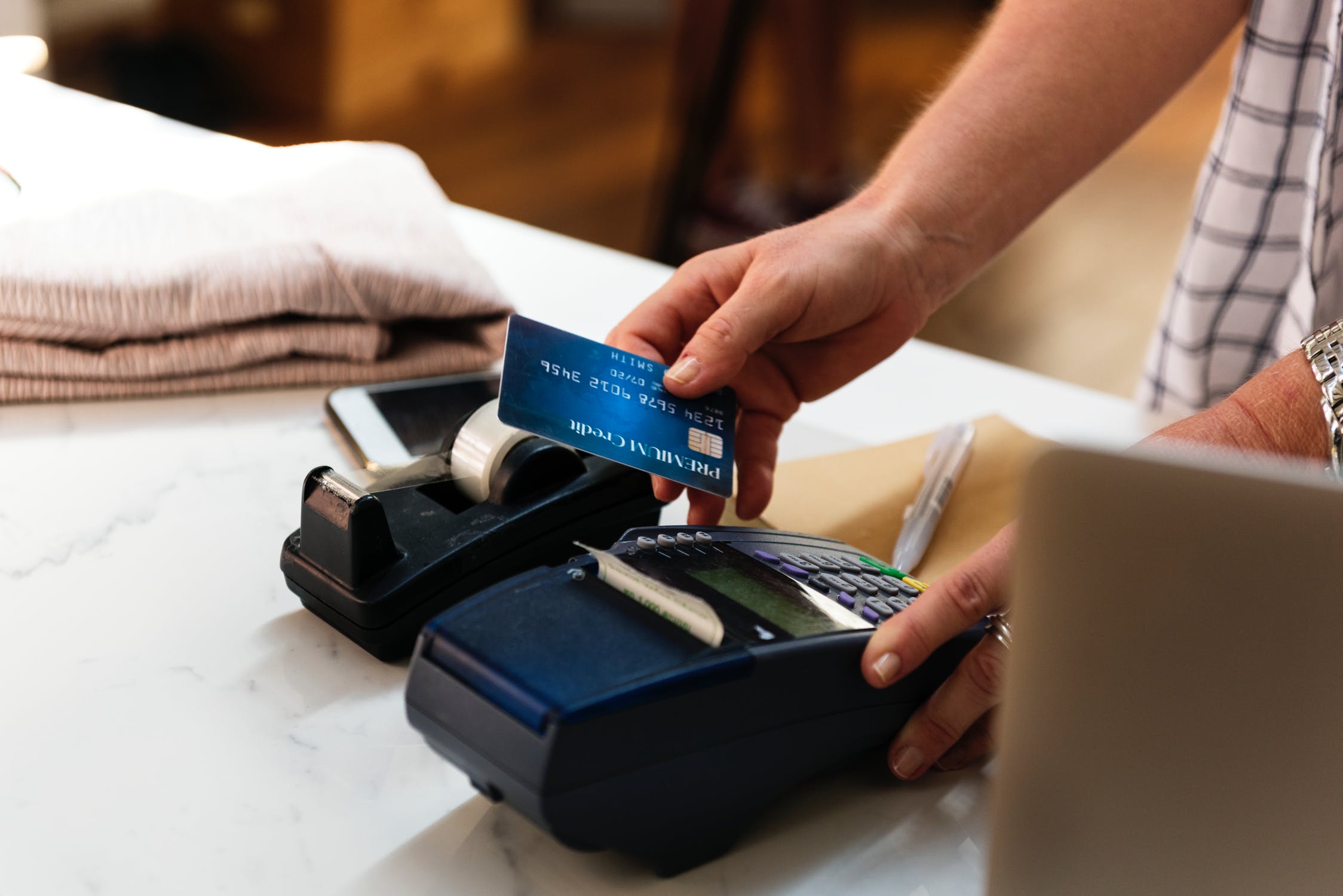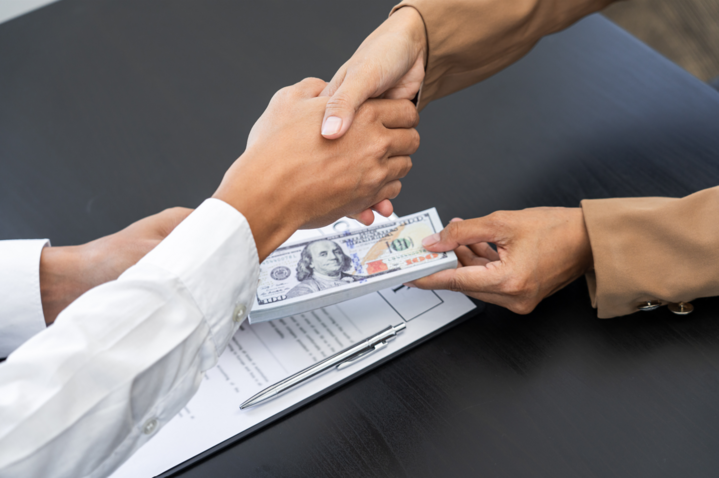The online fraud payment industry has grown by leaps and bounds over the last few years and continues to do so. Any consumer who wishes to shop online using a credit card must be extremely vigilant, lest his information falls into the hands of unscrupulous individuals.
To combat this problem, a multi-billion-dollar fraud prevention industry has sprung into existence. Unfortunately, the solutions offered by these companies are often too expensive for small businesses (they usually cost upwards of a few thousand dollars per month). If you’re a small business owner worried about online credit card fraud, there are a few steps you can take to mitigate your exposure to such payment scams. Luckily, these can all be executed by tweaking the settings of your payment gateway, so they cost little or nothing to implement.
- Ask for the card’s security code: Also known as Card Verification Value or CVV, this code consists of 3 digits (4 digits in case of American Express cards) and is usually found on the back of a credit card. Requesting this code can reduce fraud because stolen credit cards often do not include the CVV number.
To activate this protection, simply block transactions which have a CVV mismatch or where CVV information is not provided. This can be done in your payment gateway configuration settings.
- Ensure a zip code match: Just as criminals do not have access to a stolen card’s CVV code, they often don’t have access to the cardholder’s zip code as well. Moreover, this number is not listed on the back of a credit card, so even if a thief physically steals a card, he is unlikely to have the zip code.
You can also ask for a full address match for transactions to process in your payment gateway setup. However, the problem with this option is that many transactions may be declined due to typos committed by genuine customers. As such, it is better to go for zip code verification, which requires the customer to input only 5 numbers.
- Flag dubious transactions: Let’s say the average size of your company’s transaction is $100, and you don't sell anything for less than $19.99. In this case, you could configure your payment gateway’s fraud filter to flag any transaction above, say, $300 and below $19.99. Fraudsters usually begin with unusual transaction amounts, so such deals may indicate criminal activity.
A transaction is cleared (or in other words, a transaction is truly authorized) only once the merchant fulfills the order/ ships the order. Let’s say that throughout the day, you receive a total of four orders. The payment gateway provides you with the option of clearing all the orders received during the day, together at a particular time of the day – this specific time is known as the batch time. Once suspicious transactions have been flagged by your payment gateway system, you must review them to find out for certain whether they really are fraudulent or not. Set a batch time that will provide maximum time to the reviewer for going over flagged transactions.
For example, if you’ve observed that you receive maximum product orders between 10:00 a.m. and 2:00 p.m., you can consider setting batch time at 6 p.m. This will provide the reviewer with four hours (between 2:00 p.m. and 6:00 p.m.), to examine and verify suspicious transactions before they are cleared. The verification process can include anything – for example, a phone call to the customer for confirmation or a quick Google Maps search of the delivery location to see if it matches what you were expecting.
The best part about this protection method is that transactions will process as usual, so there will be no negative impact on conversion rate. However, you may have to nominate someone whose task will be to review flagged transactions on a daily basis.
- Block on a geographic basis: You can take advantage of this option if your customers are mostly from the U.S., or from 3-4 countries. Research indicates that large scale fraud against first world merchants usually originates in third world countries, so you can protect yourself by configuring your gateway to flag or block transactions in which the originating IP, or the billing address of a customer, is outside your expected geographic region.
If you feel that you may occasionally be approached by international customers and don’t want to miss out on the opportunity, you can opt to show such customers error messages that instruct them to call your offices and have the transaction approved manually.
These four tips can ensure that you minimize the chances of credit card fraud by making simple changes in your payment gateway setup.
$50,000 - $250,000 of Unsecured Credit at 0%
At Fund&Grow, we offer individuals with good credit the opportunity to obtain $50,000 - $250,000 of unsecured credit at 0% interest. Available for a period of 6, 12 or 18 months, these funds can be used for anything – no questions asked! So, if you need such funds, call us, at (800) 996-0270 and we will do our best to take care of your needs.
Popular Posts
Instantly Pre-Qualify
Want Actionable Information, Tools and Resources To Quickly Acquire Business Capital, Credit and Funding?
I take tremendous pride in building positive and lasting relationships in my businesses and personal life. Every member of my team is committed to helping our clients get the maximum amount of funding possible and achieve their highest growth potential.



 Share
Share









